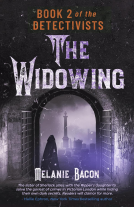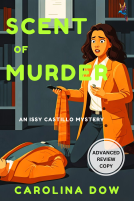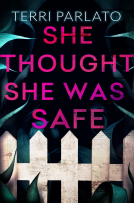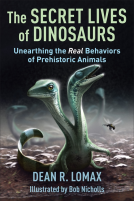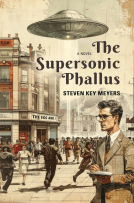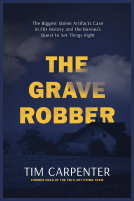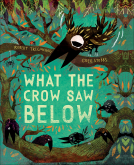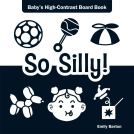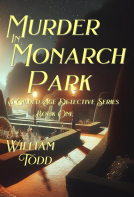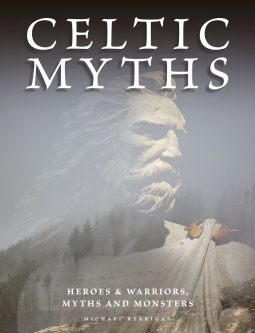
Celtic Myths
Heroes and Warriors, Myths and Monsters
by Michael Kerrigan
This title was previously available on NetGalley and is now archived.
Send NetGalley books directly to your Kindle or Kindle app
1
To read on a Kindle or Kindle app, please add kindle@netgalley.com as an approved email address to receive files in your Amazon account. Click here for step-by-step instructions.
2
Also find your Kindle email address within your Amazon account, and enter it here.
Pub Date Feb 14 2023 | Archive Date Feb 24 2023
Amber Books Ltd | Amber Books
Talking about this book? Use #CelticMyths #NetGalley. More hashtag tips!
Description
Available Editions
| EDITION | Other Format |
| ISBN | 9781838862701 |
| PRICE | £19.99 (GBP) |
| PAGES | 224 |
Average rating from 17 members
Featured Reviews
LOVE! One of my favourite topics, this is an informative and engrossing read on the wonders and marvels of Celtic myth and folklore. This is a treasure, and one I will be dipping into on a regular basis.
Thanks to NetGalley and Amber Books for my ARC.
Four Stars.
 Reviewer 463267
Reviewer 463267
This is not just a retelling of Celtic myths and fairy tales (which it includes) but an analysis of these stories and artifacts to give some insight into the mindset of Celtic people and a history of the development of these ideas and their influence on other ethnic groups' mythology and religious beliefs. The focus is on Ireland but it includes other Celtic areas of settlement, particularly those pushed to the margins and outer lying areas such as parts of Spain and France.
For those looking just for stories, they may be disappointed in this book. There is a lot of analysis and the incorporation of modern concepts of historiography, the legacy of imperialism and prejudice, place name analysis, archaeology, and what Celtic myths represent to people today. However, for people who are interested in these things, it is a treasure trove of information, beautiful images--both written and pictorial--and a way of thinking about Celtic myths in a new perspective, a possible insight into the mindset of Celtic people as well as putting it in context of contemporary groups.
I found it very interesting and strongly recommend it for people who are interested in myths and the story behind the stories.
Thanks to Negalley and the publisher for an ARC in return for an honest opinion.
 Maria Grazia B, Book Trade Professional
Maria Grazia B, Book Trade Professional
A very interesting and comprehensive book on the origin of the Celtic myths that still fascinate us today. The reconstruction of the formation of a legendary corpus that originally relied only on oral transmission, with the necessary filters taking into account the type of transcribers, up to the transformation into romantic heroes of characters whose vision of the world was probably completely alien to our own, is admirable. Truly important reading for those who wish to approach Celtic mythology from a literary point of view.
Readers who liked this book also liked:
Dean R. Lomax; Robert Nicholls
Nonfiction (Adult), Outdoors & Nature, Science
william todd
General Fiction (Adult), Historical Fiction, Mystery & Thrillers



